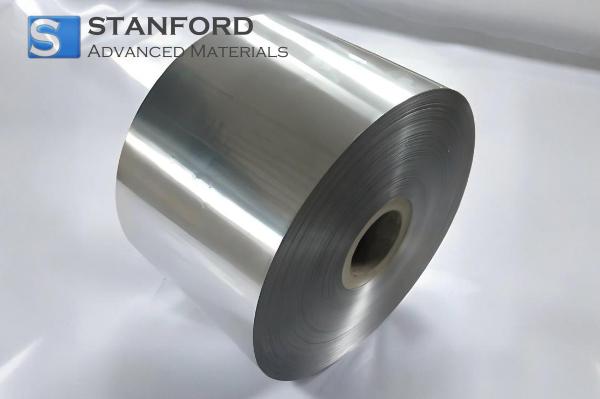Seaborgium: Element Properties And Uses
Description
Seaborgium is a synthetic radioactive element with distinct chemical and physical properties that provides insights into advanced nuclear research and theoretical element behaviour.
Introduction to the Element
Seaborgium with the atomic number 106 and the symbol Sg is among the heaviest elements produced in laboratories. It was first synthesised through nuclear fusion reactions using particle accelerators and is named in honour of Nobel laureate Glenn T. Seaborg, whose contributions to nuclear chemistry altered our understanding of the periodic table.
Description of the Chemical Properties
The chemical properties of Seaborgium are determined primarily from theoretical predictions and limited experimental evidence. Seaborgium is located in Group 6 of the periodic table and likely exhibits chemical behaviour comparable to elements such as Molybdenum and Tungsten. It is assumed that it exists in several oxidation states. The +6 state is considered to be the most stable in various chemical environments.
Physical Properties - Data Table
The physical properties of Seaborgium are primarily theoretical owing to its brief half-life and the difficulties in producing measurable quantities. Researchers have utilised advanced computational methods to forecast its properties, which are summarised in the following table.
|
Property |
Value (Prediction) |
|
Atomic number |
106 |
|
Atomic mass |
Not well established |
|
Density |
Approximately 35 g/cm³ |
|
Melting point |
Approximately 2 200 K |
|
Boiling point |
Approximately 4 000 K |
Further information is available at Stanford Advanced Materials (SAM).
Preparation Methods
The preparation methods for Seaborgium require advanced technology and precise experimental control. Researchers synthesise Seaborgium by bombarding heavy element targets – such as tungsten or lead – with high-energy ion beams produced by particle accelerators. These nuclear fusion reactions are conducted under strictly controlled conditions. Consequently, each experiment yields only a few atoms.
Frequently Asked Questions
What is Seaborgium?
Seaborgium is a synthetic radioactive element with atomic number 106 that is primarily utilised in scientific research.
How is Seaborgium synthesised?
It is produced by bombarding heavy element targets with high-energy ions in particle accelerators under controlled nuclear fusion conditions.
Why are most of the chemical properties of Seaborgium theoretical?
Given its extremely brief half-life and limited production, researchers rely on computational models and short experimental data to predict its behaviour.
Can Seaborgium be found in nature?
No, Seaborgium does not occur naturally and can only be synthesised in specialised laboratories.
What is the significance of research on Seaborgium?
Research on Seaborgium assists scientists in understanding superheavy elements, refining nuclear theories and improving technologies used in high-energy physics and related industries.

 Bars
Bars
 Beads & Spheres
Beads & Spheres
 Bolts & Nuts
Bolts & Nuts
 Crucibles
Crucibles
 Discs
Discs
 Fibers & Fabrics
Fibers & Fabrics
 Films
Films
 Flake
Flake
 Foams
Foams
 Foil
Foil
 Granules
Granules
 Honeycombs
Honeycombs
 Ink
Ink
 Laminate
Laminate
 Lumps
Lumps
 Meshes
Meshes
 Metallised Film
Metallised Film
 Plate
Plate
 Powders
Powders
 Rod
Rod
 Sheets
Sheets
 Single Crystals
Single Crystals
 Sputtering Target
Sputtering Target
 Tubes
Tubes
 Washer
Washer
 Wires
Wires
 Converters & Calculators
Converters & Calculators
 Write for Us
Write for Us




 Chin Trento
Chin Trento



